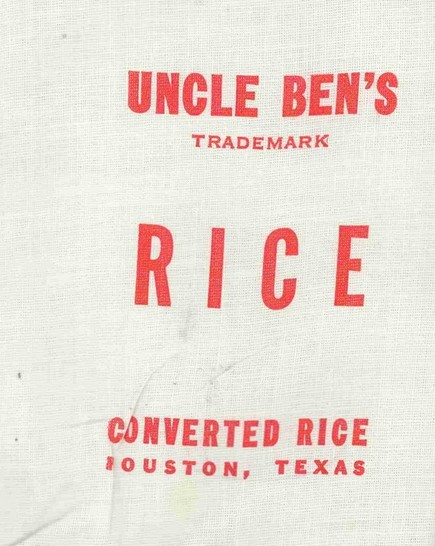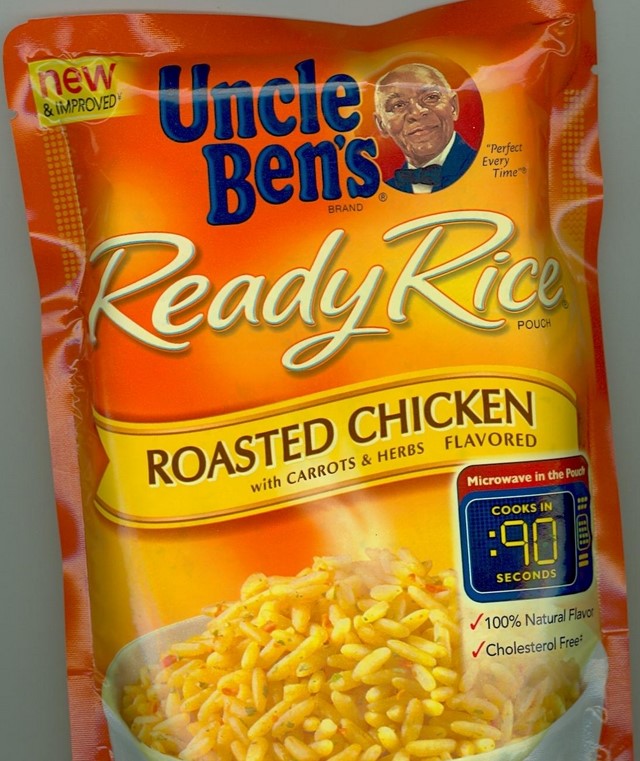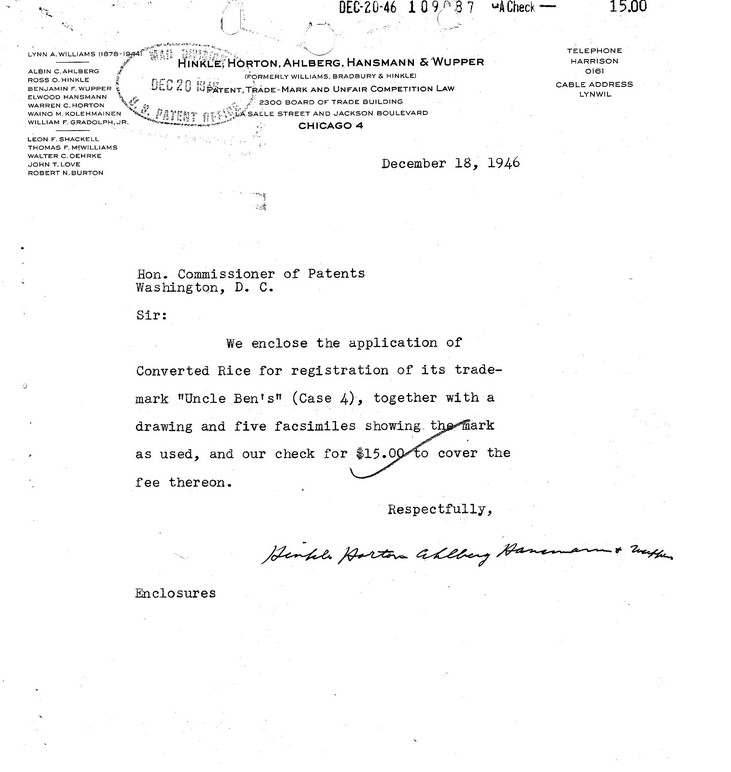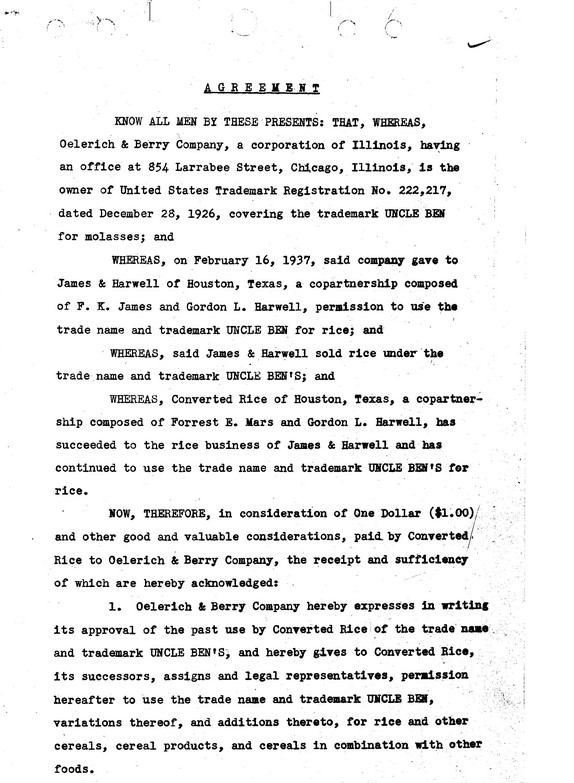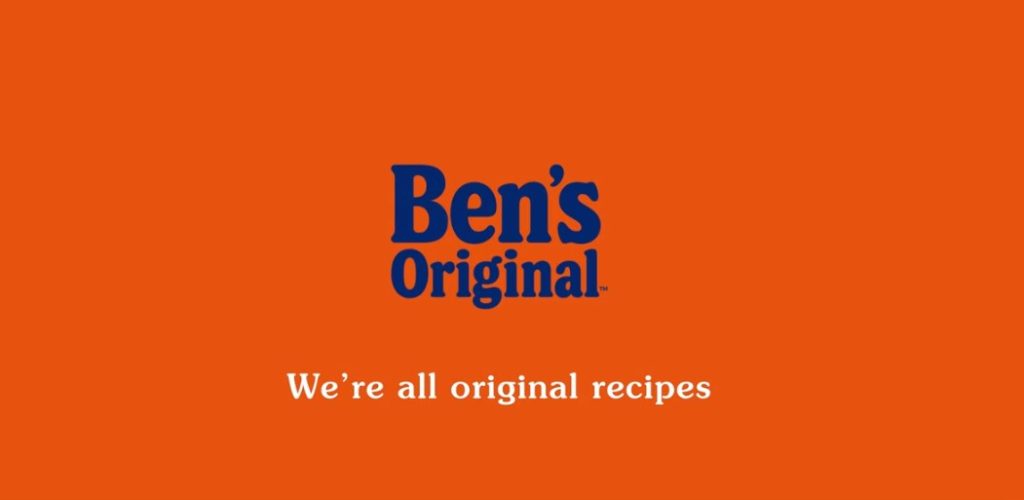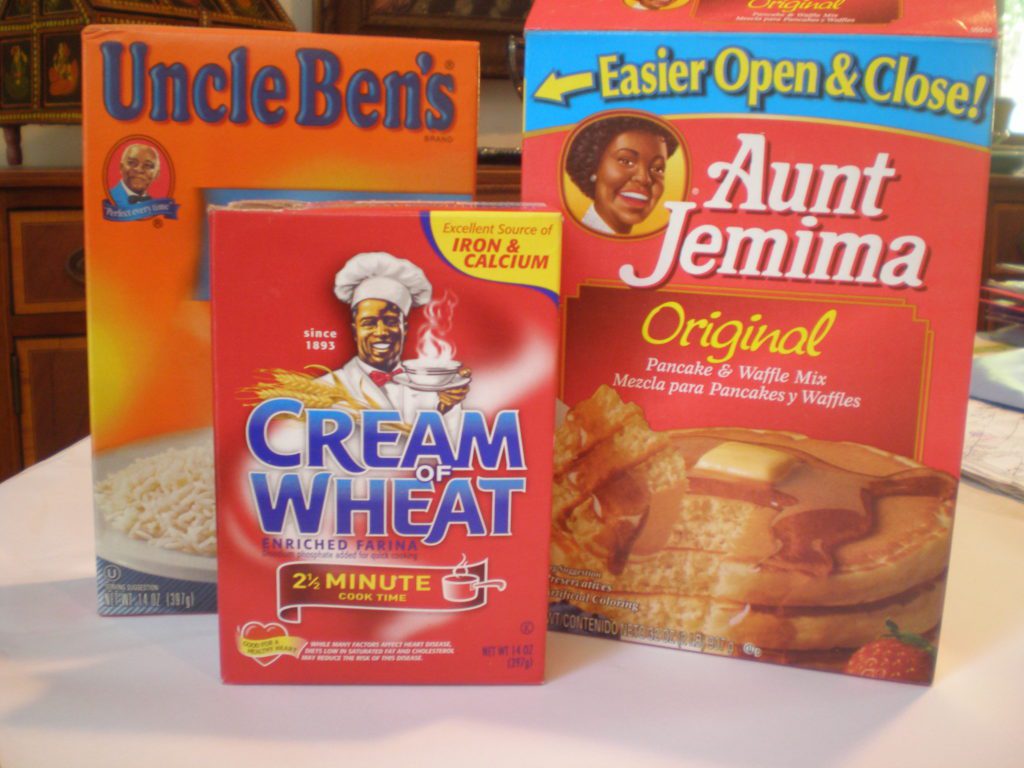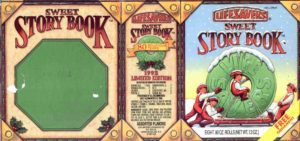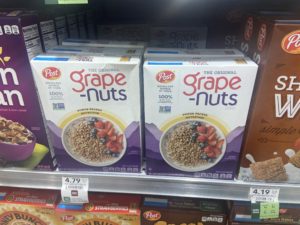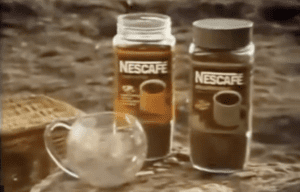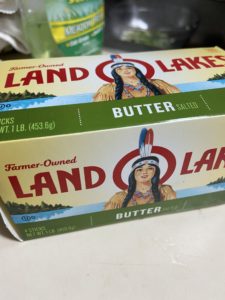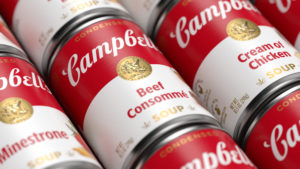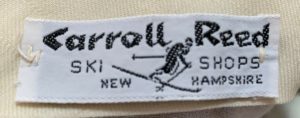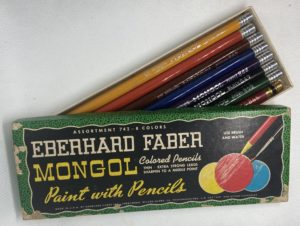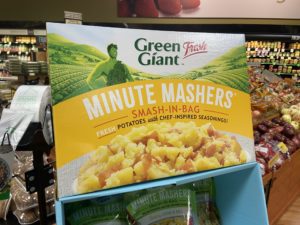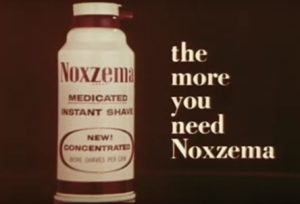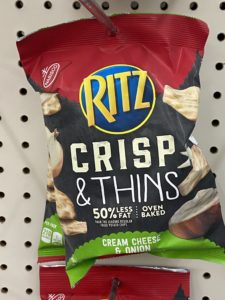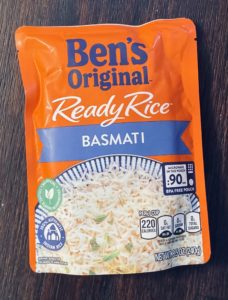
McLean, Va. – Mars and their Uncle Ben’s brand had a challenge early last summer. As riots took over American cities, the Uncle Ben’s name for their rice product was a problem.
The image had not been a giant marketing problem before. The image of Uncle Ben was actually a Chicago maitre’d Frank C. Brown, who posed for the trademark photo in 1946. But last year, anything that might damage a longstanding and popular brand was addressed.
So in September 2020, the company said the “Uncle” had to go, right around the same time that the Land O Lakes Indian princess and Aunt Jemima were banished from ad-land to antique shops.
“We understand the inequities that were associated with the name and face of the previous brand, and as we announced in June, we have committed to change,” Mars said in a press release at the time.
New Ads from Britain
This week, Mars released their new set of advertisements for the brand, which show multicultural home situations, and their new theme, Everyone’s Original. Instead of one person as the product image, the commercials rolling out show six actual home kitchen situations cooking the brand of rice now called Ben’s Original. The people in the ads are not just black; there is also a British family with Pakistani roots.
The look of the global campaign is shot to the standard of a film, and their campaign, which was developed by WPP’s The&Partnership, will first air in the U.S. before rolling out across the Anglosphere to Australia, the UK, Germany, Canada and then to France in coming months.
It is wise that the ideas and consumers for the brand initially come out of England, a place where the people in the commercial speak flawless British English, and show positive family situations. Its a way to speak past the history of the brand and reinvent it, without evoking the American South.
It may take time for consumers to adjust, but the ubiquity of the orange, and the continued use of the Ben name, will keep shoppers knowing that it is the same product. Realistically, it may not make much of a difference. Consumer products companies own shelf area, and consumers, all things equal, have less choice than they think. The question will be if they turn to brands like Minute Rice and Rice-a-Roni, or to store brands. Or does the orange color win them back?
Uncle Ben Dates to 1937
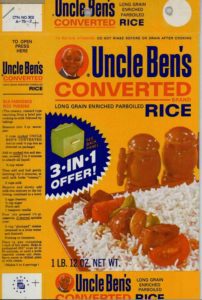
The Uncle Ben’s brand for converted rice was first used 1937, according to USPTO files. The registrant was Converted Rice Inc., composed of Forrest E. Mars and Gordon L. Harwell, both “citizens of the USA.” They registered the name in Dec. 20, 1946. It was renewed as recently as 2017.
The brand is important to Mars, as there are literally hundreds of variations of Uncle Ben’s in different categories filed over the years for different rice and soup products. The filings also include slogans and product spin offs.
Uncle Ben’s rice, however, was not the first Uncle Ben in American product-land. That goes to the Uncle Ben brand of molasses, which was trademarked in the 1920s by Oelerich & Berry of Chicago and New Orleans.
In the Uncle Ben’s rice trademark application, the Chicago company Oelerich gave permission for the use of the name on molasses. In the trademark application, the parties agreed that there was no confusion between the ownership of the two different products. And the company may not have had an issue, as they also made Oelerich Red Hen Molasses.
Last year, the firm Retrobrands, a company that revives defunct and abandoned brands, applied for the trademark for Uncle Ben’s. They were refused it due to the trademark law which “bars registration of an applied-for mark that is so similar to a registered mark that it is likely consumers would be confused, mistaken, or deceived as to the commercial source of the goods and/or services of the parties.”
Timetable to New Brand
When the company reintroduced the new Ben’s brand in May 2021, it debuted as Ben’s Original; there would be no black man on the front, and certainly no uncle. The company would use the same orange, and a similar font, so consumers would not be confused. It would also devote significant resources to improving the situation in the American South for blacks.

“Ben’s Original is not just a name and packaging change – we believe everyone deserves to feel welcome, heard and have access to nutritious food,” said Rafael Narvaez, Global CMO and R&D Officer, Mars Food, in a release.
Through the years, the brand has stayed out of controversy, but it was not enough. Uncle Ben had to go to “create a more inclusive future while maintaining its commitment to producing the world’s best rice.”
As part of the rebrand, one of the moves announced was to support black chefs with a $2 million donation toward a Ben’s Original Seat at the Table Fund. The fund would partner with the National Urban League to create a scholarship to support black students interested in food industry careers. The company would also invest $2.5 million in Greenville, Mississippi, where the rice is made. These are meaningful gestures.
The chef scholarships are an interesting choice, as the role of the butler was exactly what Uncle Ben was, and chef jobs of the past are jobs of prestige today. In the 19th and 20th century after slavery in the South, working in a hotel or house was one of a few options for blacks. Indeed before the Civil War, a freeman named Fields Cook actually ran the Ballard House hotel bar and dining room in Richmond. (A sidenote: Cook later became a juror in the treason trial of Jefferson Davis.)
Below, some images of the brand over the years, and documents relating to the trademark. At bottom, a new commercial.


